As one of the oldest countries in Southern Europe, Portugal is home to some of the world’s most beautiful and well-known landmarks. These places are a must-see, from historical monuments to natural wonders, for any traveller visiting Portugal. Here are some of the most famous landmarks in Portugal to add to your bucket list!
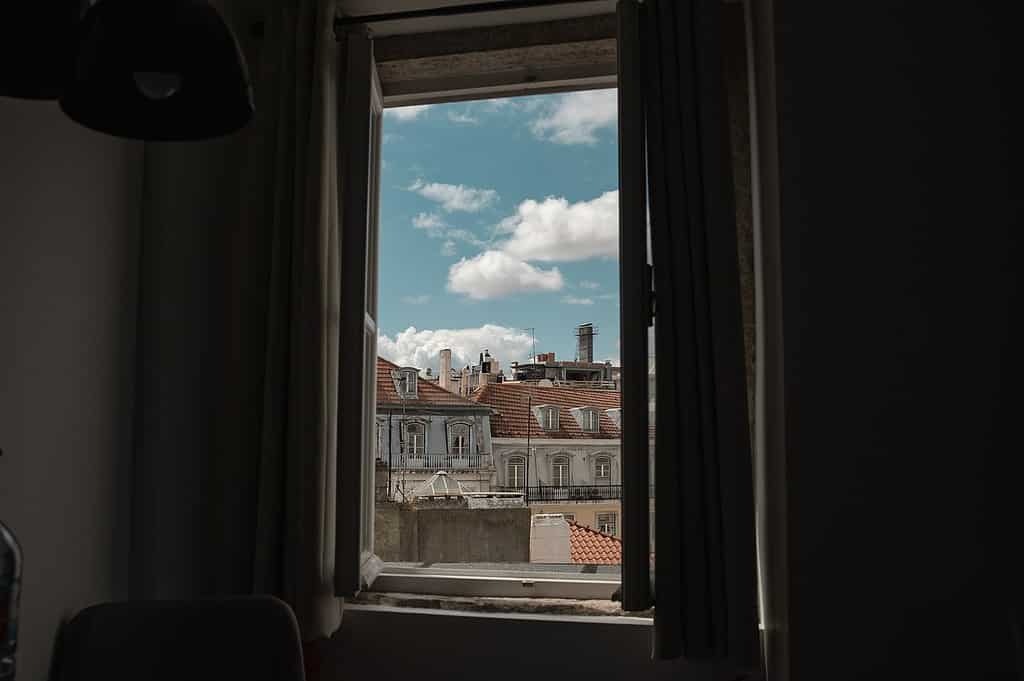
This post may contain affiliate links, which means I may receive a commission, at no extra cost to you if you make a purchase through a link. Please see my full disclosure for further information.
Landmarks in Portugal Map
List of the Most Famous Landmarks in Portugal
- Pena Palace
- Vila Nova de Gaia
- The Royal Palace of Afonso
- Óbidos Castle
- Benagil Cave
- Belem Tower
- Quinta da Regaleira
- Monsanto Village
- Dom Luis Bridge
- The Tagus River
- Vasco Da Gama Bridge
- University Tower, Lisbon
- Gustave Eiffel
- Queluz National Palace
- Sao Bento Railway Station
- The Douro Valley
- The Troia Peninsula
- Peneda-Gerês National Park
- Berlengas Grande
- Mateus Palace
- The Azores
- Chapel of Bones
Most Famous Portugal Landmarks
Portugal is a country with a rich history, and this is reflected in its many famous landmarks. In Lisbon, the capital, highlights include the Royal Palace of Afonso, the Vasco Da Gama tower, and the castle of Sao Jorge.
Outside of Lisbon, other Portugal famous landmarks include the Douro Valley and the town of Fatima. Each of these destinations offers something unique, making them well worth a visit for anyone interested in learning more about Portugal’s culture and heritage.
#1 Pena Palace
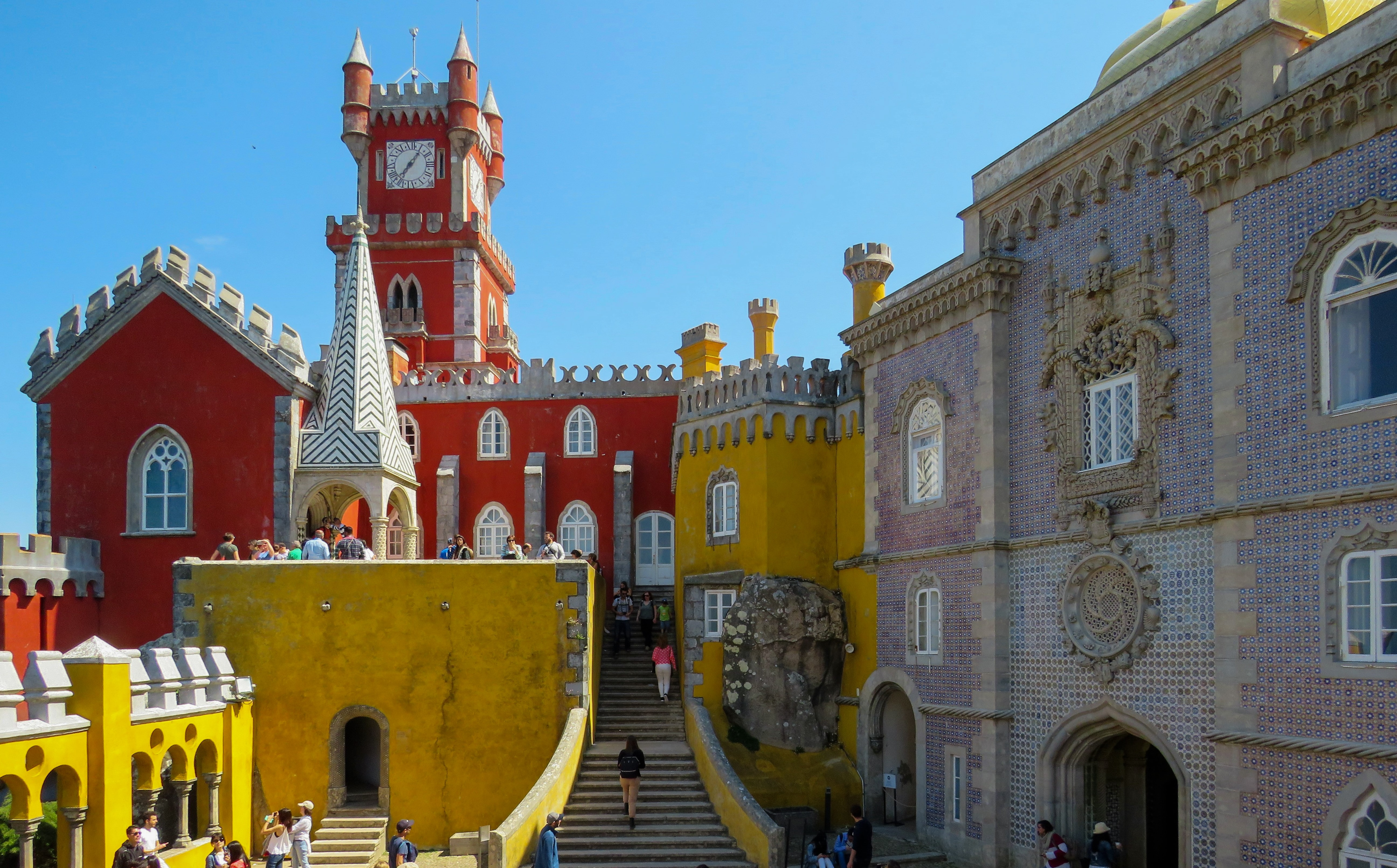
Pena Palace is one of the most famous historical sites in Portugal. The palace was built in the 19th century on the site of a medieval monastery. Today, it is one of Portugal’s most popular tourist destinations, attracting visitors from all over the world.
The palace is known for its ornate architecture, combining elements of different styles, and its picturesque setting atop a hill overlooking the town of Sintra. In addition to the palace, several gardens and other buildings are also on the grounds, making it an ideal place to spend a day exploring.
Whether you’re interested in history or simply looking for a beautiful place to visit, Pena Palace is definitely worth a trip.
#2 Vila Nova de Gaia
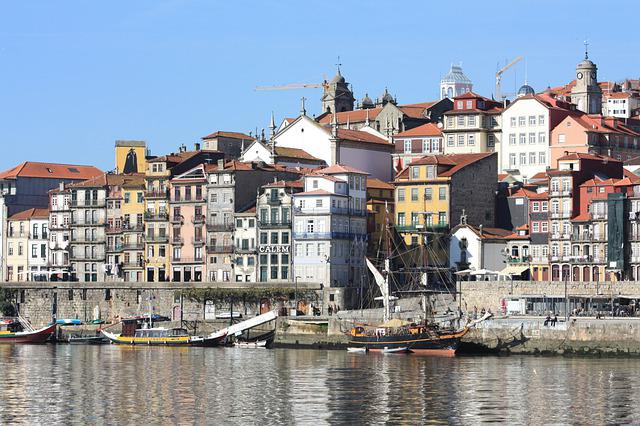
If you’re looking for a taste of Portugal’s famous Port wine, you’ll want to check out the cellars and warehouses of some of the country’s most famous producers. You can see them from one of the many elevated parts in the city, so massive and printed close to each other.
Numerous neon signs along the promenade are on both sides of the Douro river. You will probably first notice Sandeman’s ‘The Don,’ a black silhouette reminiscent of Zorro and similar heroes.
#3 The Royal Palace of Afonso
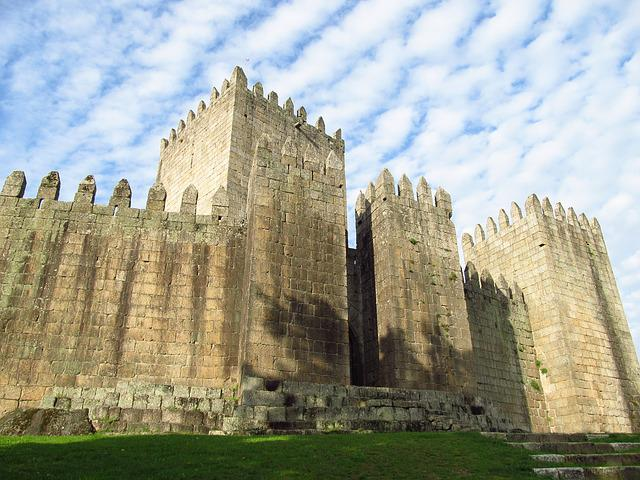
Dukes of Braganza Palace in Guimaraes is one of the most famous monuments in Portugal. The palace was built in the 14th century for the first Duke of Braganza and has been the seat of the Portuguese nobility ever since.
The palace is also one of Portugal’s most important historical sites, as it was the birthplace of the country’s first king, Afonso Henriques. Today, the palace is open to the public, and visitors can explore its lavish interiors and learn about its fascinating history.
#4 Óbidos Castle
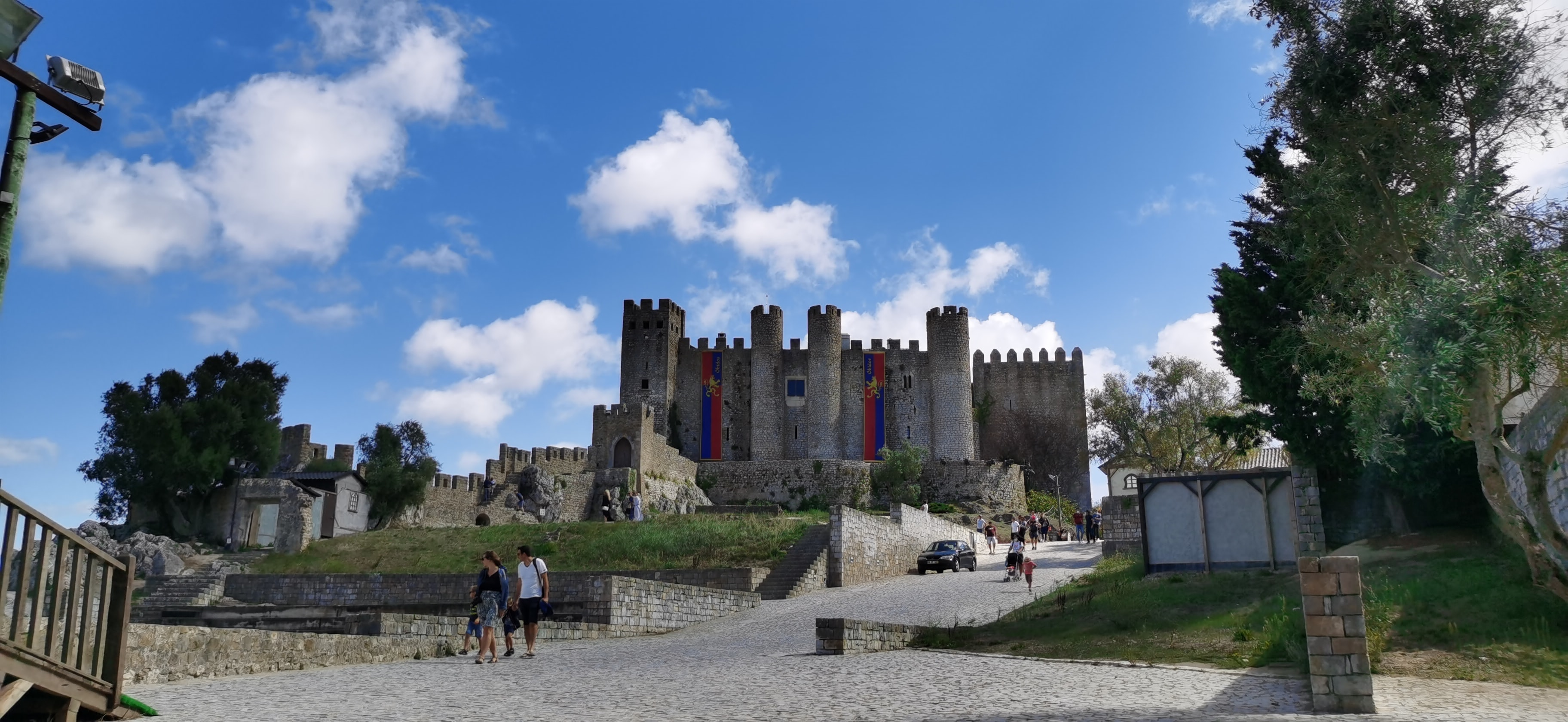
Óbidos Castle is one of the most famous landmarks in Portugal. The imposing fortress sits atop a hill in the town of Óbidos and has a long history dating back to the 8th century. The Moors originally built the castle and were later expanded it by the Christians after reconquering the region.
Today, it is a popular tourist destination, and visitors can explore the well-preserved rooms and gardens or enjoy views of the surrounding countryside from the walls.
#5 Benagil Cave
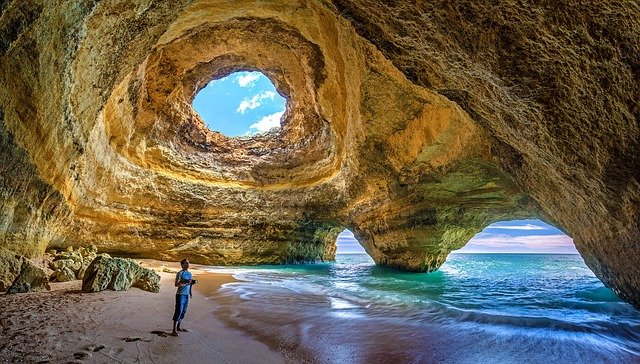
The cave is located on the Algarve coast and is only accessible by boat. Inside the cave, there is a large opening that overlooks the ocean.
The cave has been featured in several movies and TV shows and is a popular spot for tourists to take photos. Although the cave is beautiful, it is important to respect the environment and not touch the rocks or disturb the wildlife.
#6 Belem Tower

Belem Tower is one of Lisbon’s most famous landmarks. It’s a UNESCO World Heritage Site and one of the most visited Portuguese monuments. The tower was built in the early 16th century as a fortification to protect the city from attacks.
However, it soon became a symbol of Lisbon’s maritime power and influence. Today, the tower is open to the public and offers stunning views of the city and river.
#7 Quinta da Regaleira
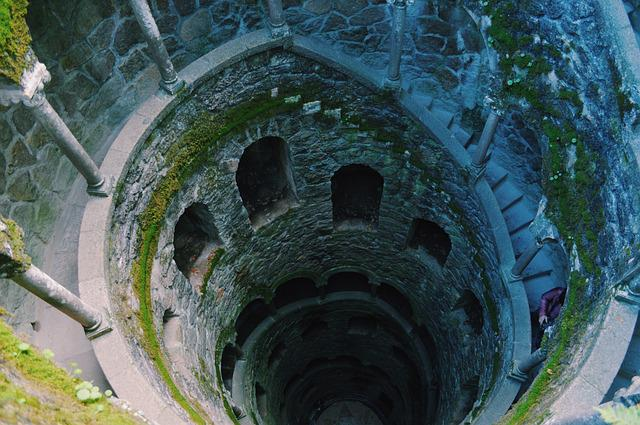
Quinta da Regaleira is one of Sintra’s most famous landmarks. Built in the early 16th century, it is a prime example of Portugal’s unique Manueline architectural style. The estate is home to many impressive features, including waterfalls, grottoes, and a 27-meter-deep well.
Quinta da Regaleira is also known for its extensive tunnels and passageways connected to other Sintra landmarks. Visitors can explore the property on foot or take a horse-drawn carriage ride. Regardless of how you choose to see it, Quinta da Regaleira is an unforgettable experience.
#8 Monsanto Village
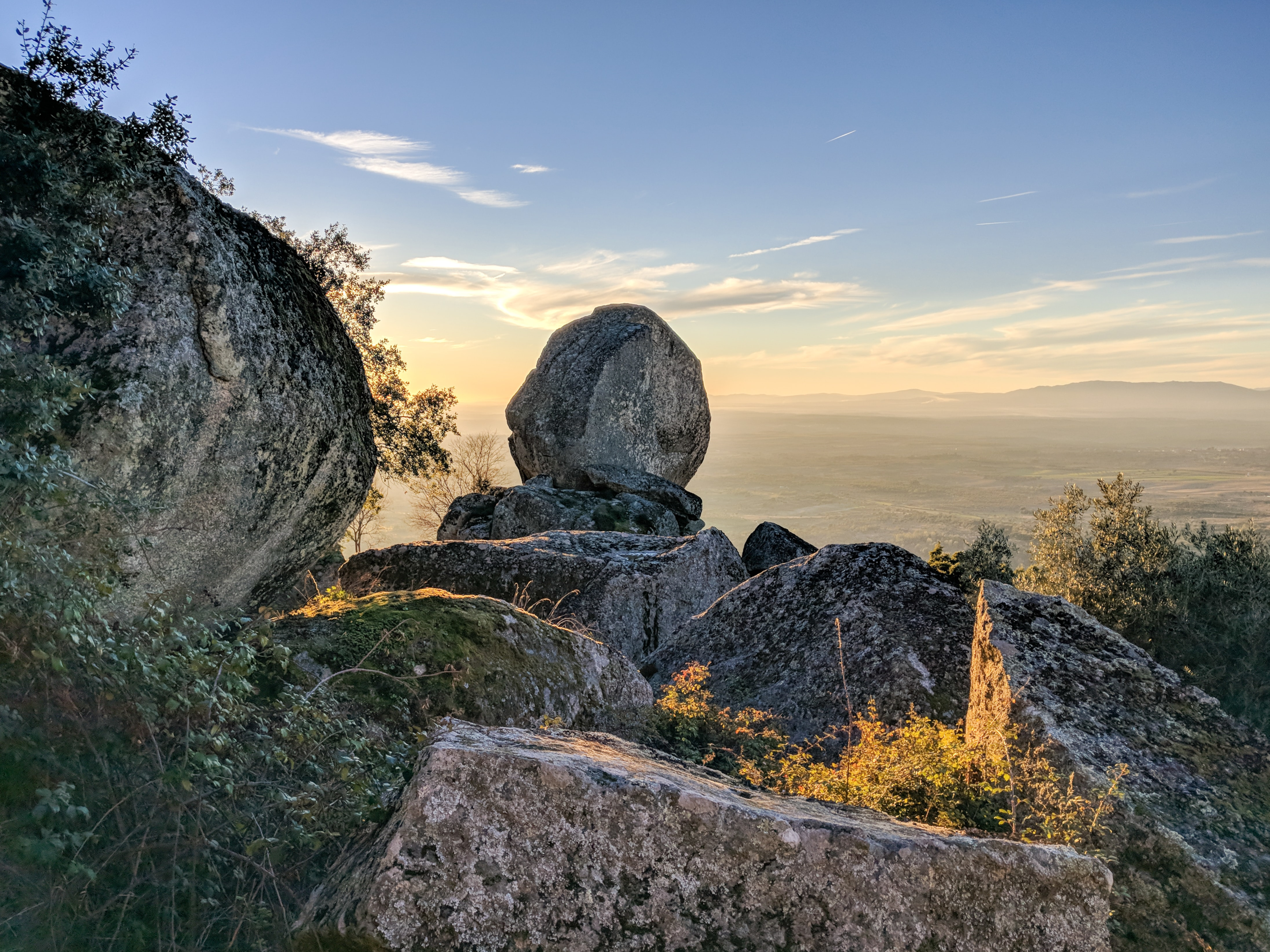
Portugal is home to several beautiful historical sites, but one of the most interesting is Monsanto Village. This small village is located in the central part of Portugal and is believed to be one of the oldest continuously inhabited settlements in the country. The village is built on a hilltop.
The village has been many things over its long history, but it is best known for its unique architecture. The houses in Monsanto are built with stone walls and thatched roofs, and they are arranged in a maze-like pattern that makes it difficult to find your way around. This unusual layout is thought to be a defensive measure that was taken to protect against invading armies.
#9 Dom Luis Bridge

The bridge spans the Douro River in Porto, Portugal, and was completed in 1886. The bridge has two levels: an upper level for pedestrians and a lower level for trains and automobiles.
The Eiffel Tower inspired the design of the bridge, and it is considered to be one of the finest examples of metal bridge construction from the 19th century. Today, the Dom Luis Bridge is a major tourist attraction and is an important part of Porto’s transportation infrastructure.
#10 The Tagus River
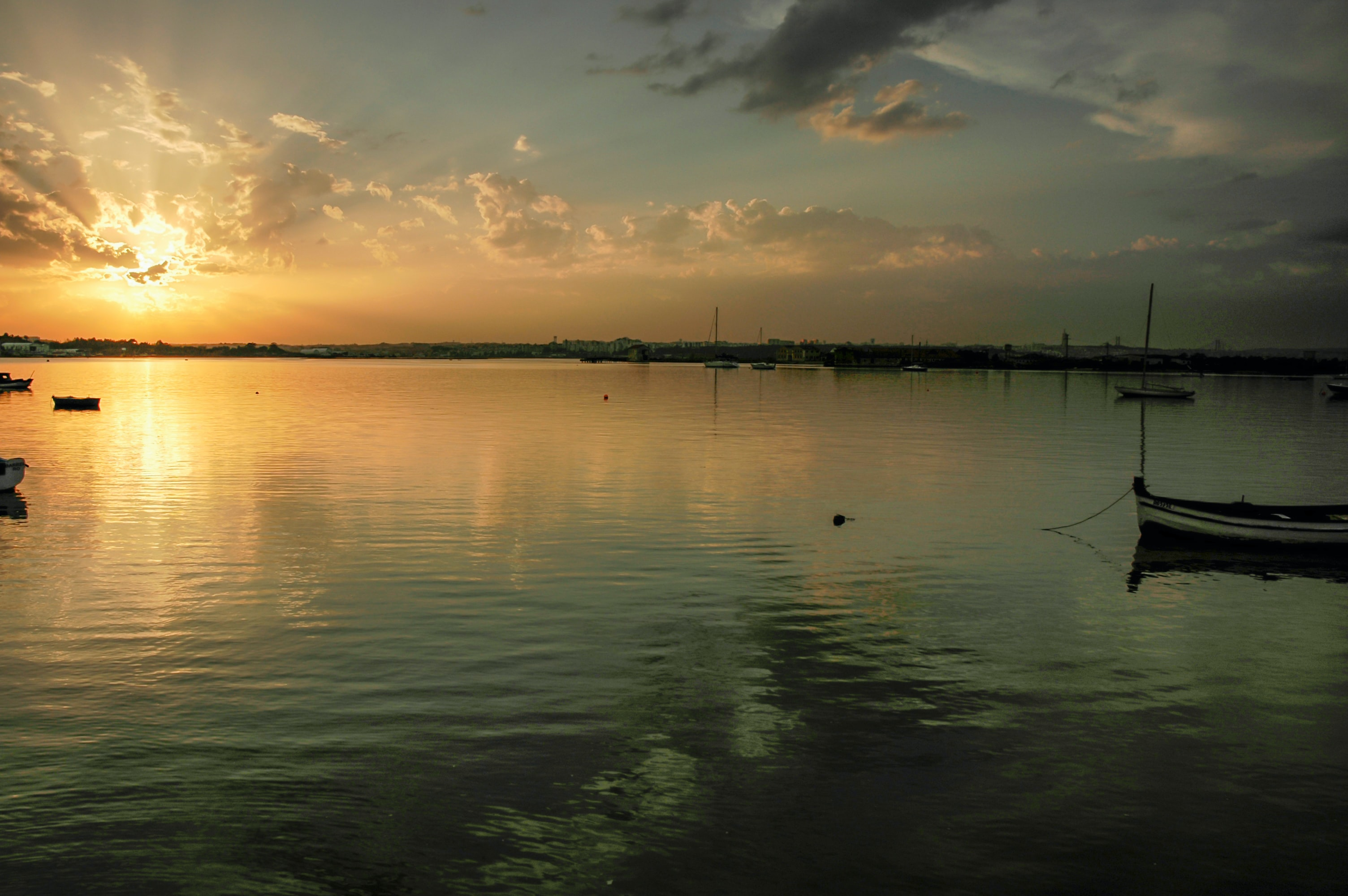
It’s a great afternoon to sit back, relax, and enjoy the view. The Tagus River offers you one of Lisbon’s most popular sights – its calm waters that run parallel with Portugal’s capital city border before merging together inandalone form what many people call “the Atlantic Ocean.”
With so much history surrounding these shores, it would be hard not to find something fascinating anywhere along this strip!
#11 Vasco Da Gama Bridge
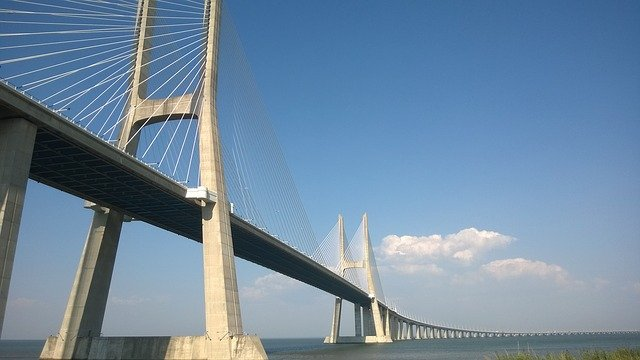
The Vasco Da Gama Bridge, spanning the Tagus river in a length of 12.3km, is the longest bridge in Europe and was the longest in the world when it was completed in 1998. It’s a feat of engineering, with three main spans and a total of 6600 beams holding up the deck. The bridge has become one of Portugal’s major landmarks and is a popular spot for tourists and locals.
#12 University Tower, Lisbon
This Lisbon landmark is located in the Chiado district, near several other famous Lisbon landmarks such as Bairro Alto and Santa Justa Elevator.
Visitors can take a ride to the top of the tower in a glass elevator for panoramic views of Lisbon and the surrounding area. The tower also houses a restaurant and bar, making it the perfect place to relax and take in the view after a long day of sightseeing.
#13 Gustave Eiffel
This bridge, which spans the Lima River, was built by Eiffel’s architecture company and opened in 1878. It was originally built to replace an older wooden structure, and it has since become one of the Monuments in Portugal.
The Eiffel Bridge is definitely a sight to see, and it’s also a great place to take photos. If you’re looking for a place to get a good view of the river, this is definitely the spot.
#14 Queluz National Palace
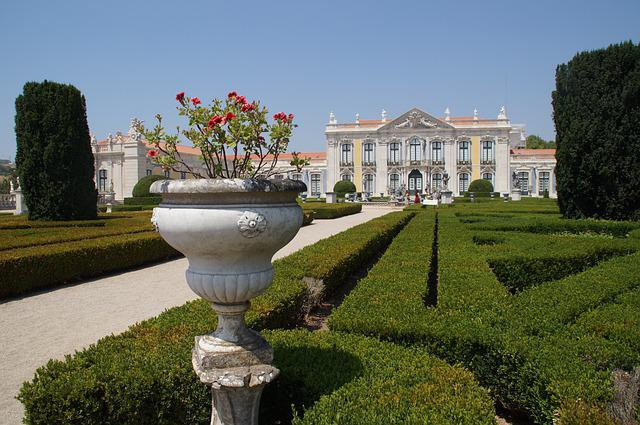
This 18th-century palace is one of the last great Rococo buildings to be constructed in Europe. It was originally built as a summer retreat for Dom Pedro of Bragança, but it eventually became the official residence of the Portuguese royal family.
Today, it is open to the public and well worth a visit. The palace grounds are beautiful, and the interior is extravagantly decorated with an array of period furniture and artwork.
#15 Sao Bento Railway Station
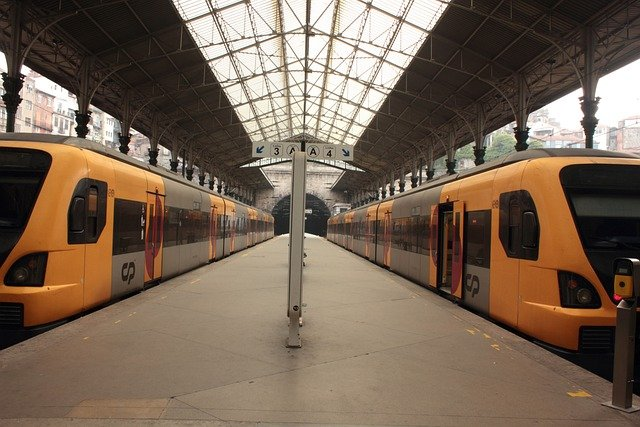
Sao Bento Railway Station is one of the famous landmarks in Portugal. The station was built in 1916, and it is located in the city of Porto. Architect José Marques da Silva designed the station.
The station has a beautiful tile mural on its walls which painter Jorge Colaço created. The mural depicts scenes from the history of Portugal. The station is a major hub for national and international trains. Thousands of passengers use the station daily to travel to their destinations.
#16 The Douro Valley
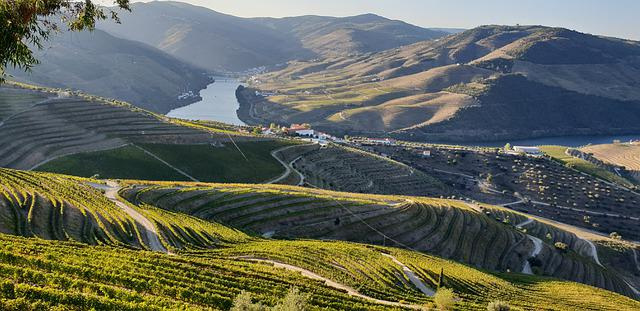
The valley is home to some of the country’s most stunning scenery, including rolling hills, quaint villages, and the famous Douro River. The valley has been a popular tourist destination for centuries, and its popularity only seems to grow.
This valley has made Portugal famous for wine production in recent years. The region is home to dozens of wineries, and visitors can often find tours and tastings available.
#17 The Troia Peninsula
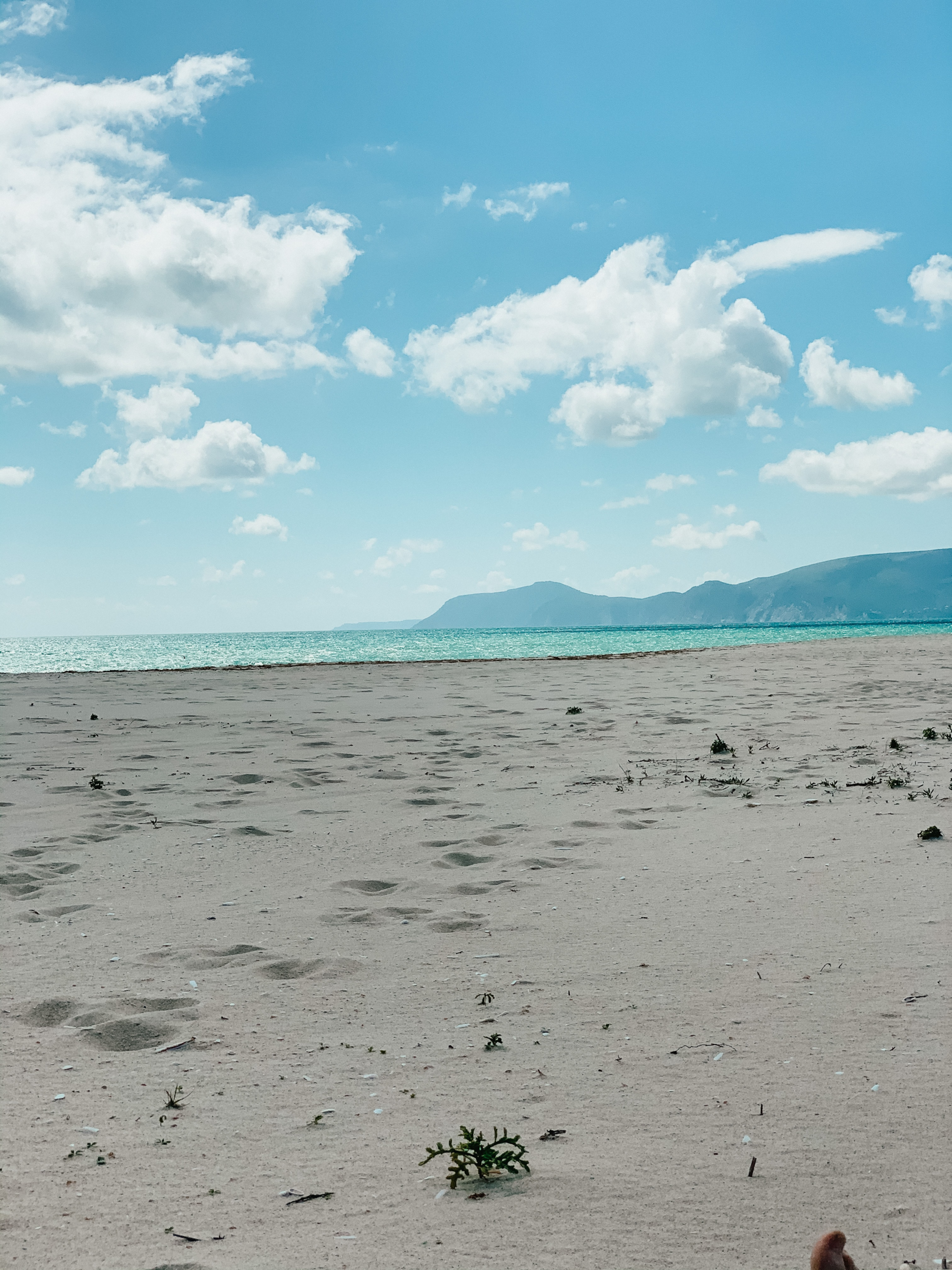
If you’re looking for Historical places in Portugal, the Tróia Peninsula is a great option. The Tróia Peninsula is located in the south of Portugal and is known for its stunning beaches and historical landmarks. One of the most famous landmarks on the Tróia Peninsula is the Roman Ruins of Troia, which are a must-see for history buffs.
The Ruins of Troia are a testimony to the size and power of the Roman Empire and are one of the largest archaeological sites in Portugal. Other popular historical landmarks on the Tróia Peninsula include the Chapel of Nossa Senhora da Rocha and the Castle of São Filipe. These landmarks offer stunning views of the surrounding area and are well worth a visit.
#18 Peneda-Gerês National Park
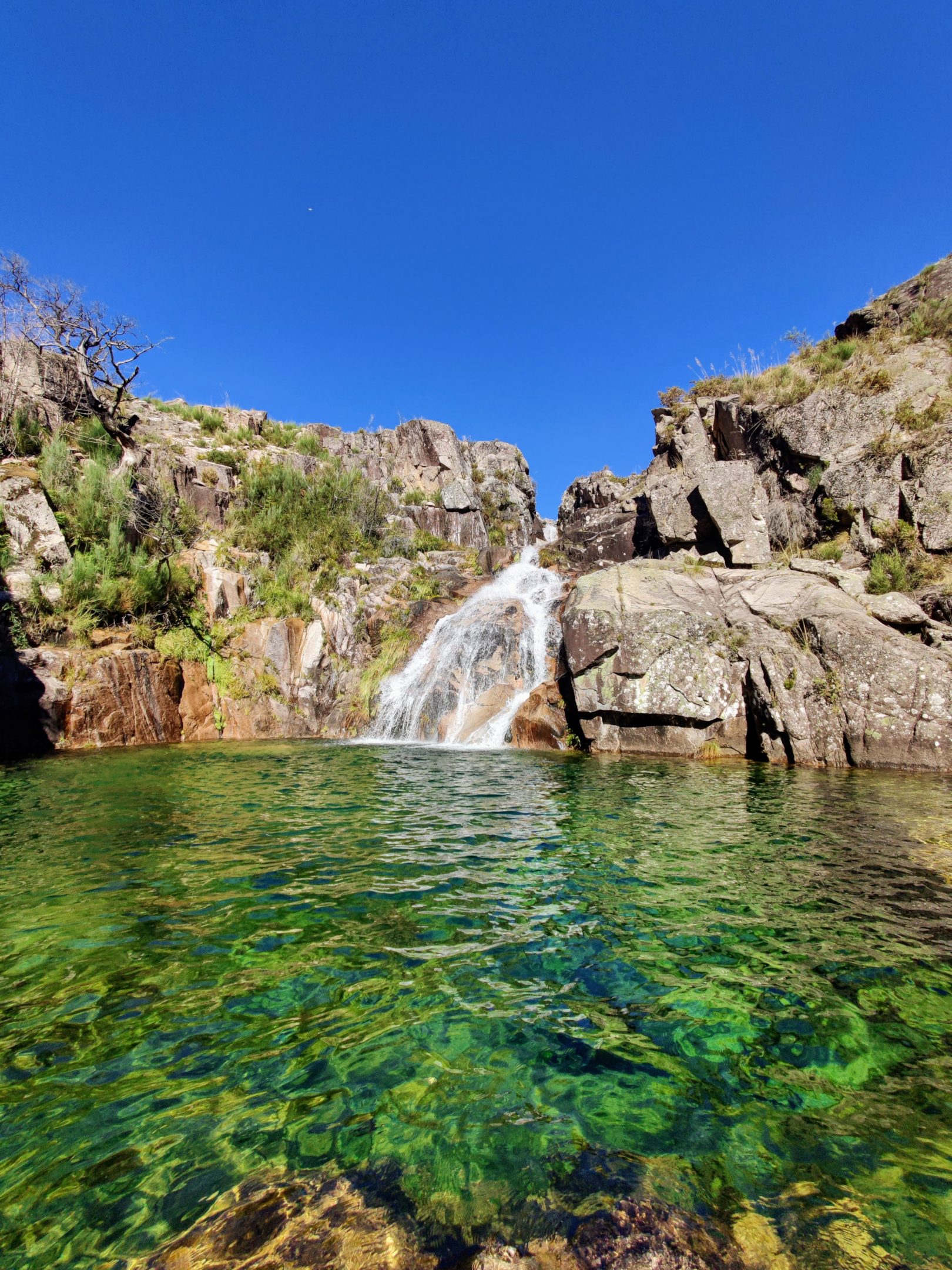
One of Portugal’s most popular tourist destinations is the only national park in Portugal – Peneda-Gerês National Park. The park is located in the north of the country and is known for its scenic beauty and hiking trails.
Here you can explore forests, rivers, and mountains and enjoy the views of the surrounding countryside. The park also offers a variety of activities, such as horseback riding, canoeing, and bird watching.
#19 Berlengas Grande
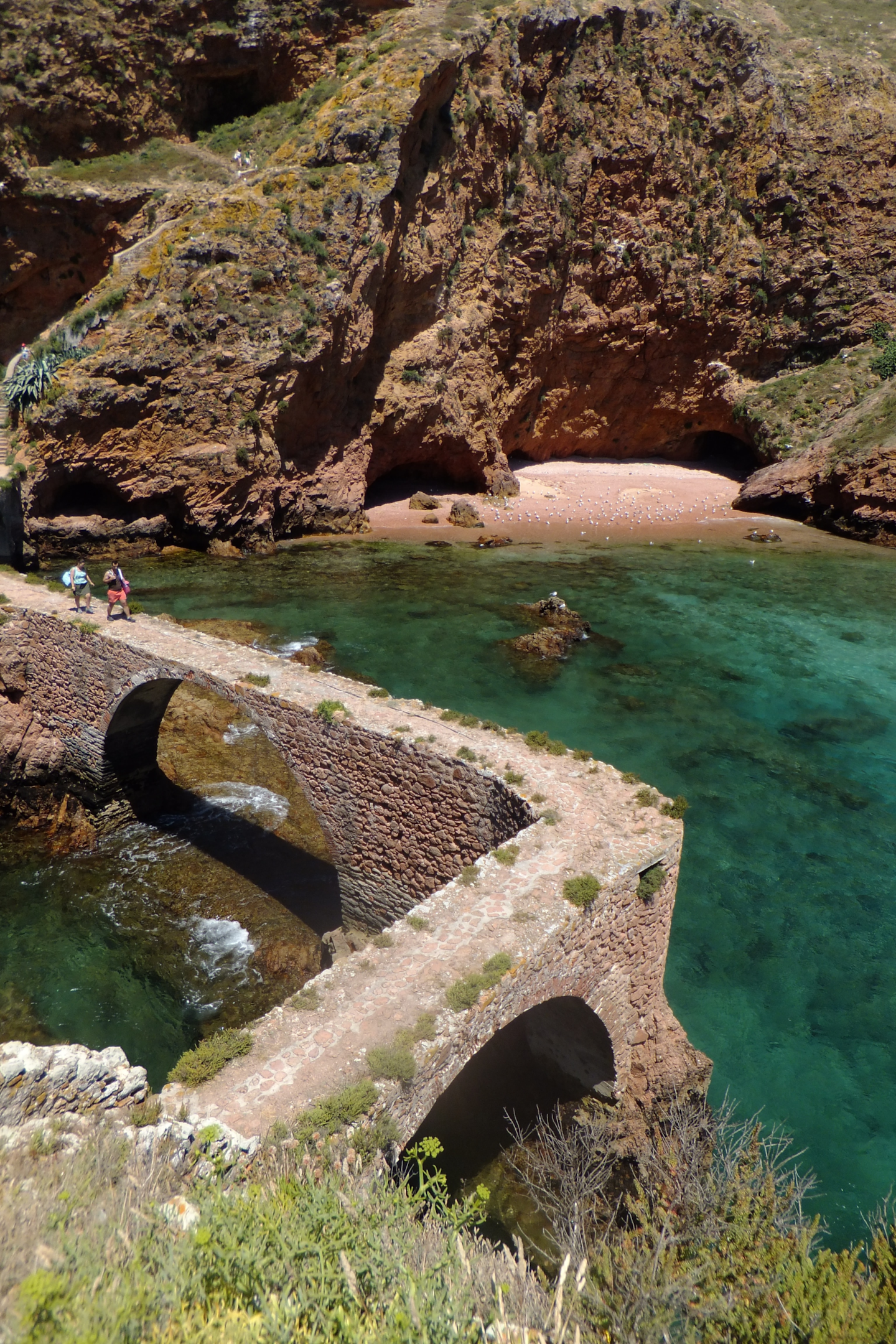
This small island is located just off the coast of Portugal and is home to several famous landmarks. The most well-known of these is the Fort of São João Baptista, which was built in the 16th century.
The Fort is open to the public and offers spectacular views of the surrounding area. Other popular attractions on the island include the Chapel of Nossa Senhora da Visitação, and the lighthouse of Ponta do Cintrão. Here you can also dip in the crystal clear waters surrounding the island.
#20 Mateus Palace

The Mateus Palace is one of Portugal’s most famous landmarks. The Mateus Palace was built in the 18th century and is located in the city of Vila Real. The Mateus Palace is a popular tourist destination, and many people visit Portugal to see this beautiful building.
The Mateus Palace is also home to a museum containing a collection of art and historical artefacts. The Mateus Palace is an important part of Portugal’s history and culture and is a beautiful example of Portugal’s architectural heritage.
#21 The Azores
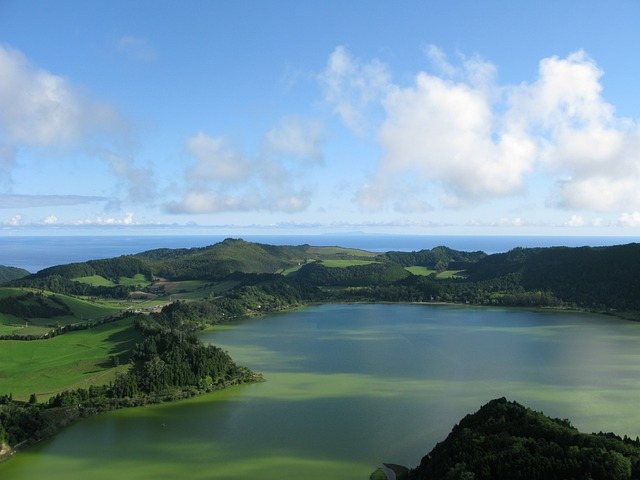
The Azores are a group of nine volcanic islands in the middle of the Atlantic Ocean. The islands are known for their stunning scenery, mild climate, and friendly people. In the Azores, you can enjoy hiking, biking, and surfing. There are also several museums and historical sites to explore.
#22 Chapel of Bones
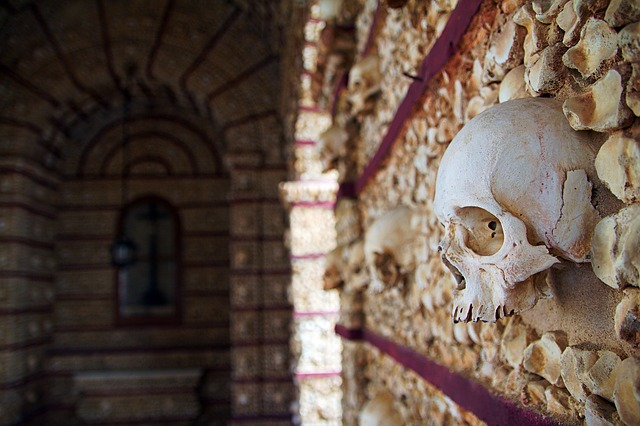
One of Portugal’s most unusual and fascinating historical sites is the Chapel of Bones. This chapel is located in Evora, Portugal, and dates back to the 16th century. The Chapel of Bones was built by a group of monks who wanted to remind people of the impermanence of life.
The chapel is decorated with the bones of over 5,000 people! The bones are arranged in intricate designs on the walls and ceiling, and there is even a chandelier made out of human skulls. Visitors to the Chapel of Bones can’t help but be impressed by this unique and macabre site.
#23 Lisbon Cathedral

Lisbon Cathedral is one of the city’s most iconic landmarks. The original church was built in 1147 but was destroyed by an earthquake in 1755.
The current cathedral dates back to its reconstruction that began in 1776. It features a beautiful Romanesque-style façade and an impressive interior with gothic and baroque elements. If you visit Lisbon Cathedral, you can explore the ancient catacombs, view the beautiful stained glass windows, and even climb to the top of one of the towers for stunning views over Lisbon. There’s also a prayer space which you can visit for free.
Landmarks in Portugal FAQs
There are many famous landmarks in Portugal, but the most famous one is undoubtedly the Torre de Belém. Located in Lisbon, this iconic tower was built in the early 16th century and is now a UNESCO World Heritage Site.
Famous landmarks in Lisbon include the Castelo de Sao Jorge, a Moorish castle located on a hilltop in the center of the city, and the Rua Augusta Arch, a triumphal arch located in the oldest part of Lisbon. Lisbon is also home to many museums, art galleries, and cafes.
Discover the Landmarks of Europe
Read More About Southern Europe >>>
Sylvie Simpson is the founder of European Cities with Kids. For the past 6 years, she has been travelling all over Europe whenever she has the chance, both solo, for work and with her daughter. Sylvie is on a mission to help people make the most of city breaks in Europe with kids and helps over 50,000 readers per month plan and make the most of their trips in Europe with kids.
